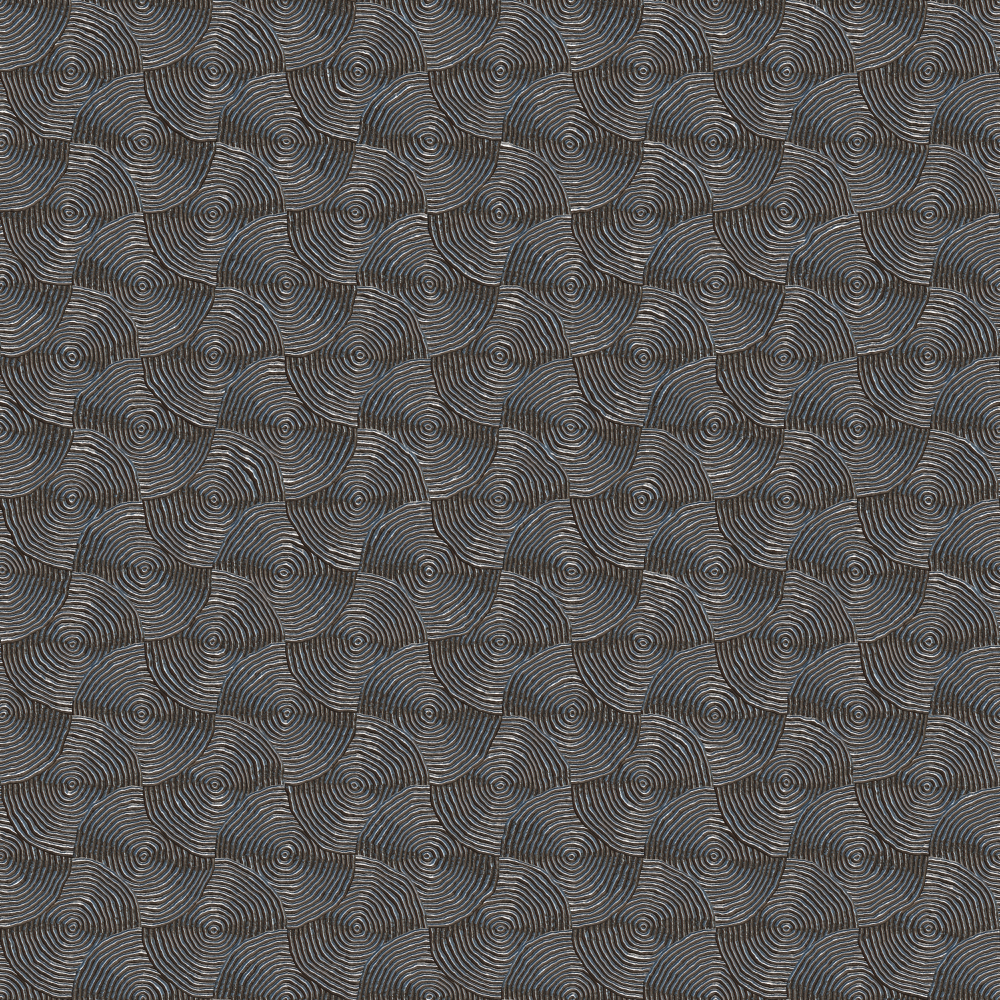Recycling Braking Energy Using Big Data for Efficient Electric Cars – Dr Ronghui Zhang, Sun Yat-sen University
Original Article Reference:
This SciPod is a summary of the paper ‘Energy Recovery Strategy Numerical Simulation for Dual Axle Drive Pure Electric Vehicle Based on Motor Loss Model and Big Data Calculation’ in Complexity, a Hindawi journal. https://doi.org/10.1155/2018/4071743
Share Episode
About this episode
Electric vehicles may be championed as an essential component of a decarbonised economy, but there is still a long road ahead before they can become widely accessible to all drivers. Dr Ronghui Zhang and colleagues at Sun Yat-sen University in China are exploring one way in which this transition could be accelerated, through more sophisticated techniques for recycling the abundant energy released in braking. With the smart use of big data, the researchers believe that the amount of energy recaptured in this process can be maximised, without sacrificing the safety or comfort of the driver.
This work is licensed under a Creative Commons Attribution 4.0 International License. 
What does this mean?
Share: You can copy and redistribute the material in any medium
or format
Adapt: You can change, and build upon the material for any
purpose, even commercially.
Credit: You must give appropriate credit, provide a link to the
license, and indicate if changes were made.
Related episodes
Professor Christophe Ley | Spotting relationships in complex angular datasets
Data involving angles can be found across a diverse array of scientific fields, but so far, the mathematical tools used to study them have often proved insufficient to detect the complex relationships between different angles within large datasets. Through its research, a team consisting of Professor Christophe Ley and Sophia Loizidou from the University of Luxembourg, Professor Shogo Kato from the Institute of Statistical Mathematics in Tokyo, and Professor Kanti Mardia from the University of Leeds, has developed a new model which overcomes many of these challenges: allowing the researchers to study relationships between three angles at once, as well as mixtures of angles and classical measurements on the line.
Dr. Chance Glenn | Could extreme electric fields make the warp drive a reality?
For decades, works of science fiction have explored how the universe’s most fundamental speed limit could be broken by warping the fabric of spacetime. Through his experiments, Dr. Chance Glenn, founder of Morningbird Space Corporation, believes he may have discovered how spacetime can be distorted by extreme electric fields, which can be easily created in the lab. If his theory is correct, it would mean that the concept of ‘warp drives’ which allow us to travel at faster than the speed of light could be more feasible than we once thought.
Dr Sandra Goritschnig – Dr Pasquale Tripodi | The Science of Greens: Using Genetic Insights to Cultivate Better, Stronger Lettuce
In recent years, rapid advancements in techniques for genetic analysis and manipulation have enhanced our potential to understand and improve crop diversity. An innovative project led by Dr. Pasquale Tripodi of the Italian Council for Agricultural Research and Economics and Dr Sandra Goritschnig of the European Cooperative Programme for Plant Genetic Resources marks a significant advance in the study of lettuce genetics. Their recently published research platforms a highly sophisticated technique to analyse genetic diversity within lettuces called Single Primer Enrichment Technology, or SPET for short. This approach provides a highly detailed view of lettuce genetics and also has significant implications for agricultural resilience and crop selection and breeding.
Dr. Robert Tomkowski | Investigating How Dimpled Surfaces Can Minimise Friction
Dimpled surfaces offer a useful and easily implementable way to reduce friction between lubricated surfaces as they slide over each other. Through cutting-edge simulations, Dr. Robert Tomkowski and colleagues at the KTH Royal Institute of Technology in Sweden explore how the microscale structures of surface dimples can be optimized to minimize friction. Their findings could help to reduce wear in mechanical systems, while also making them more energy efficient.
Increase the impact of your research
• Good science communication encourages everyday people to be scientifically literate so that they can analyse the integrity and legitimacy of information.
• Good science communication encourages people into STEM-related fields of study and employment.
• Good public science communication fosters a community around research that includes both members of the public, policymakers and scientists.
• In a recent survey, 75% of people suggested they would prefer to listen to an interesting story than read it.

Upload your science paper
Step 2
SciPod script written
Step 3
Voice audio recorded
Step 4
SciPod published




